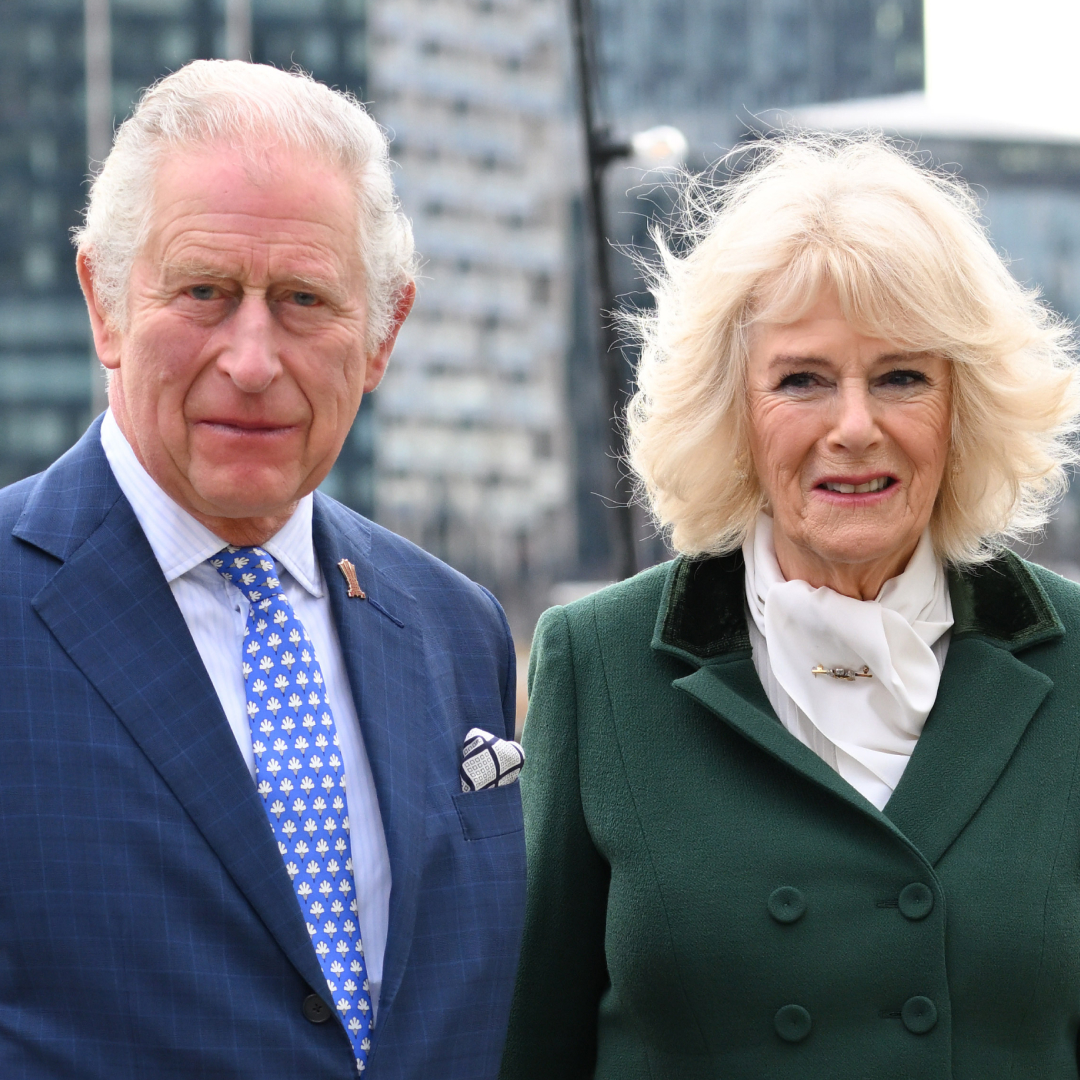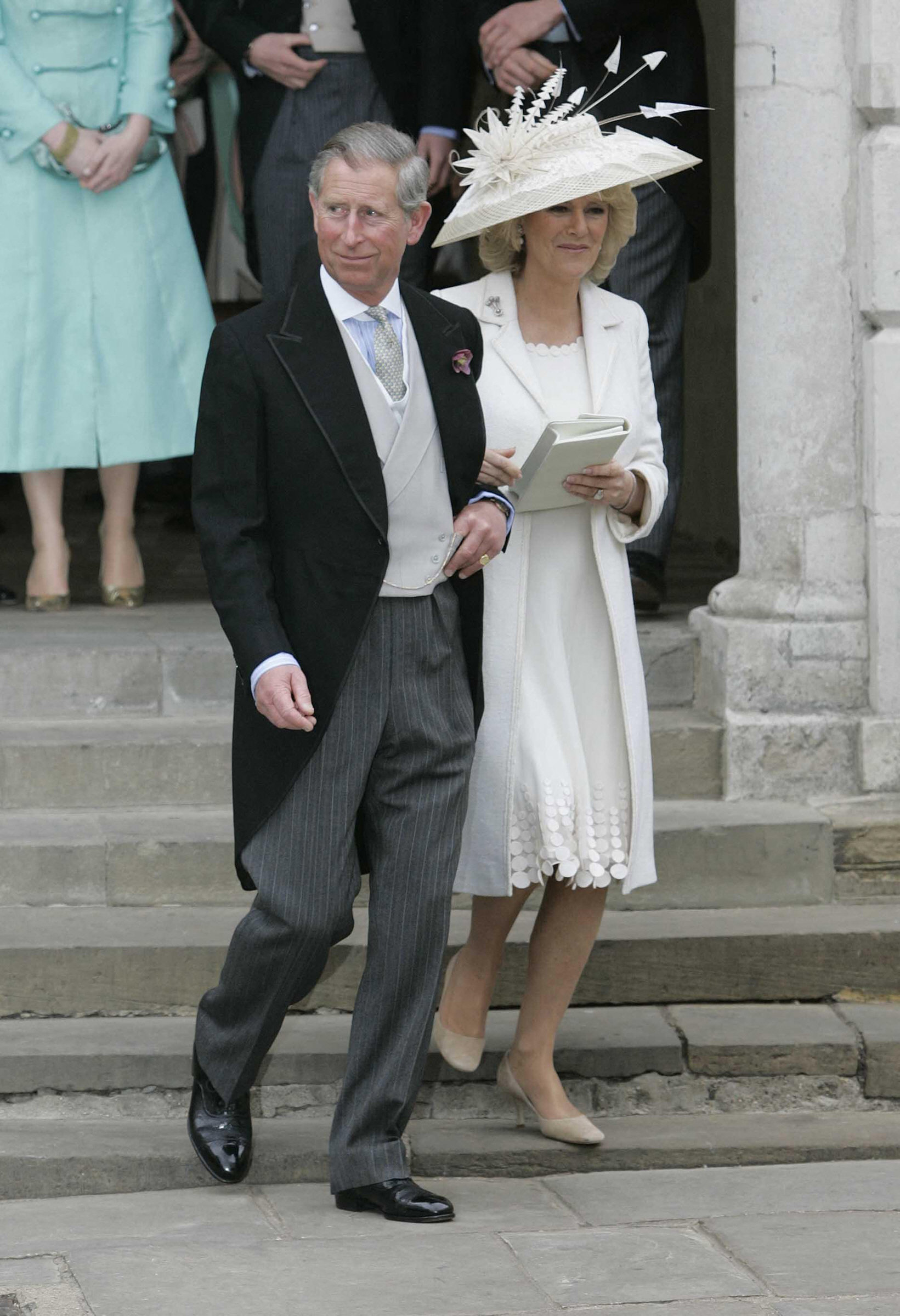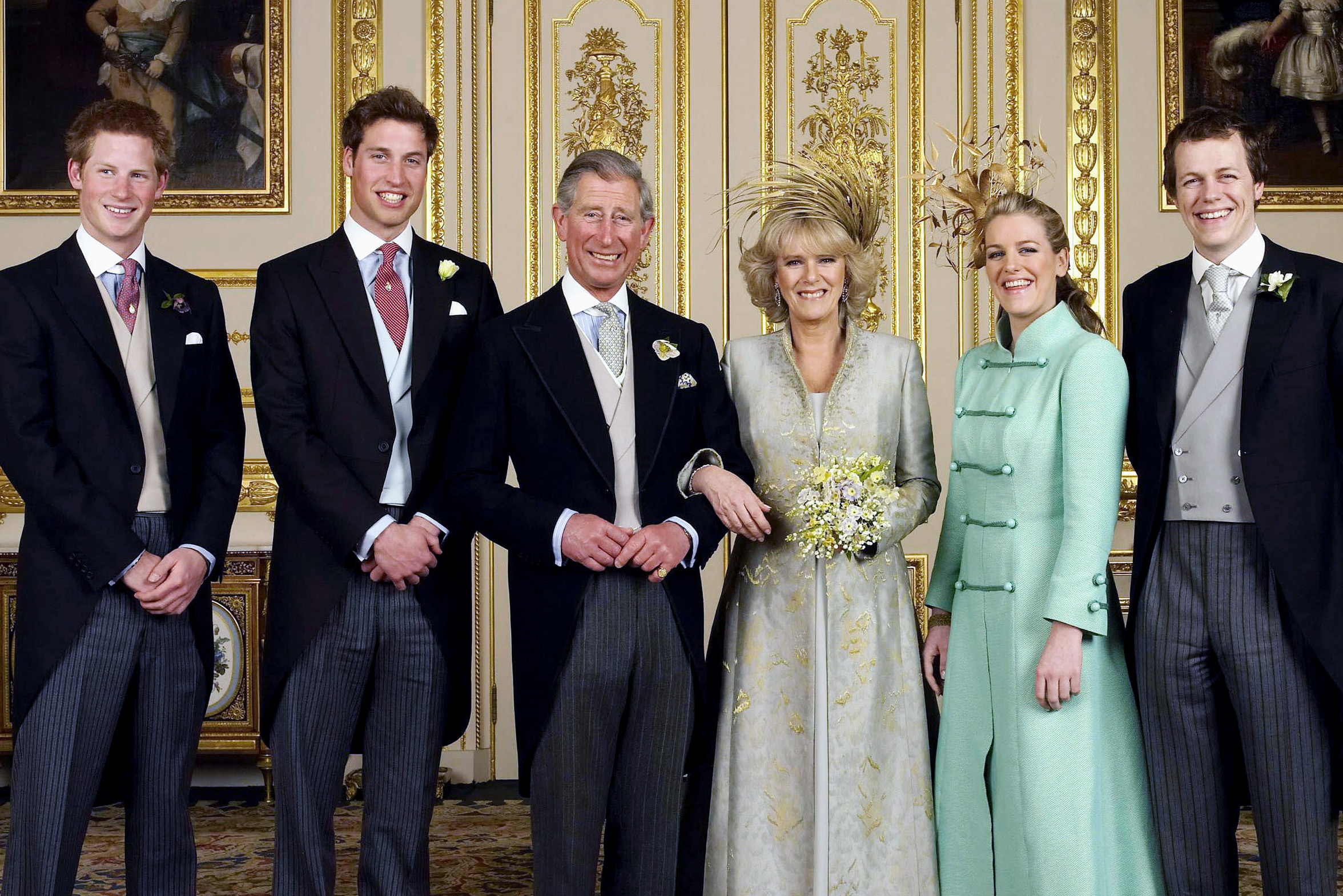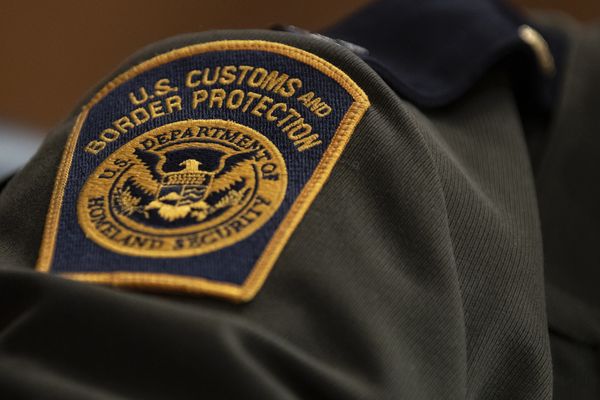
King Charles and Queen Camilla faced numerous obstacles leading up to their April 9, 2005 wedding day. Public perception of their relationship—and of Camilla Parker Bowles in general—was low given their longtime affair while Charles was still married to Princess Diana. The future Queen was plagued by paparazzi camping outside her home and chasing her on the streets, and at one point, the results of a public poll even declared that Charles should not become King if he married his one-time mistress. It's no wonder that when it was all over and they finally tied the knot, emotions ran high for the couple.
Writing in the Sun, royal expert Penny Junor reflected on the journey The King and Queen went through to get to their wedding day. "A queen had tried to prise them apart. A princess had shamed them. A whole country had turned against them," she wrote. "But their love held strong, even when everything else around them had fallen apart."
The couple announced their engagement in February 2005, but their wedding day had to be moved at the last minute due to Pope John Paul II's funeral. On top of that, Queen Camilla had fallen ill with a serious sinus infection. After this turbulent series of events, it was no doubt a relief when the then-Prince Charles finally married Camilla Parker Bowles at the Guildhall in Windsor. The couple held a church blessing at St. George's Chapel after the civil ceremony, followed by a reception at Windsor Castle.
Junor wrote that "when the new Duke and Duchess of Cornwall stepped back into Windsor Castle after becoming husband and wife, they both wept."


“Their tears set off the staff who were waiting for them, and soon everybody was sobbing," the royal biographer continued. "They were crying for joy, and for love.”
Years later, Queen Elizabeth would be the one to publicly declare her support for Camilla, stating that it was her "sincere wish" that the Duchess of Cornwall be known as Queen Consort when her son took the throne. But during the '90s and early '00s, the late monarch held a different opinion.
"The Queen, for one, believed that her son’s long-term mistress was so loathed that she was beyond redemption," Junor wrote. "Elizabeth was so concerned about the consequences for the monarchy that she waged a campaign for years to try to get Charles to give her up."
However, with time, Queen Elizabeth and Queen Camilla formed a bond, one that caused the late monarch to give Camilla a place on the Privy Council as a Counsellor of State. As Junor wrote, "Camilla has such a twinkle in her eye that you feel the world is a better place after a couple of moments in her company."







